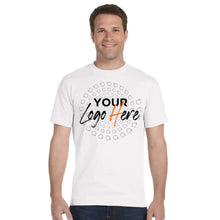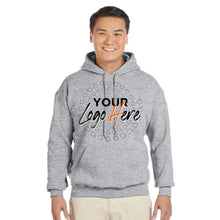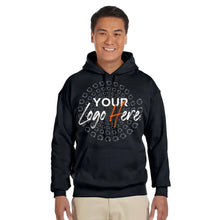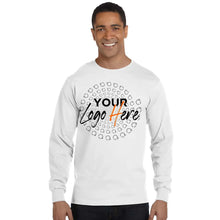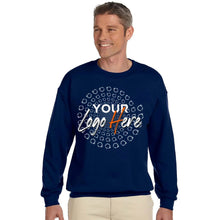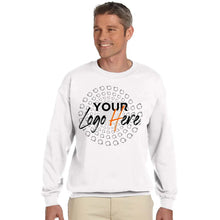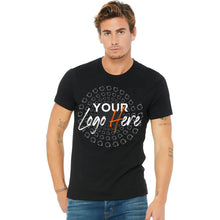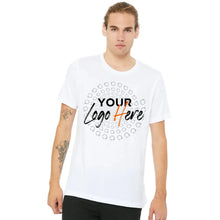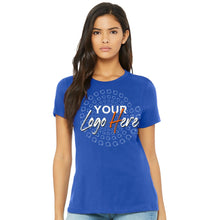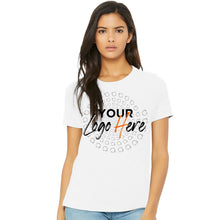How to Print Names and Numbers for Custom Corporate Workwear
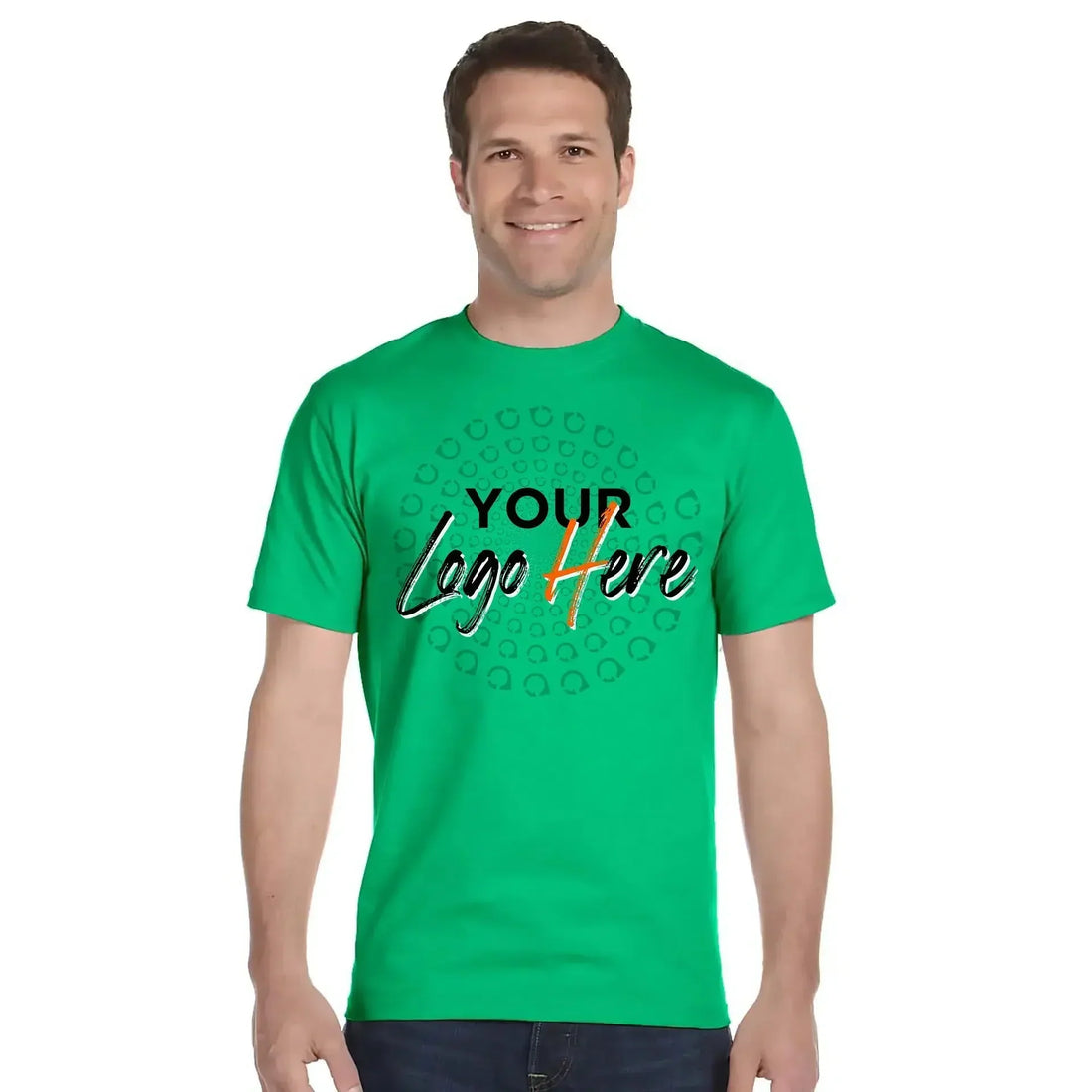
Corporate uniform customization has become an essential aspect of modern businesses, enhancing brand visibility, employee unity, and professionalism. Personalized workwear, featuring printed names and numbers, fosters a sense of belonging among employees while ensuring easy identification. Whether for office staff, warehouse workers, or customer-facing teams, customized apparel serves both functional and aesthetic purposes.
Beyond branding, customized corporate apparel plays a significant role in workplace safety, compliance, and marketing. It acts as a walking advertisement, reinforcing brand recognition while maintaining a professional appearance. Companies seeking to create a strong corporate identity must consider the best methods for printing names and numbers on workwear to ensure durability, readability, and alignment with brand aesthetics.
Choosing the Right Workwear
Different industries require different types of workwear based on operational needs, environmental conditions, and safety regulations. Choosing the right base garments is crucial before moving on to customization.
Workwear Types by Industry:
-
Corporate & Office: Polo shirts, button-down shirts, and blazers offer a polished, professional look. Custom branded apparel can include embroidered logos and personalized name tags for better identification.
-
Healthcare & Hospitality: Scrubs, lab coats, and aprons are commonly customized for medical professionals and service staff. These garments require customization methods that withstand frequent washing.
-
Construction & Industrial: High-visibility vests, durable work jackets, and flame-resistant clothing are ideal for heavy-duty environments. Reflective printing or embroidered text enhances visibility and safety.
-
Retail & Customer Service: Branded t-shirts, sweatshirts, and aprons can create a friendly and approachable company image. Personalized elements, such as employee names, build customer trust and engagement.
Customization Techniques
The choice of customization method significantly impacts durability, aesthetics, and cost. Here’s a detailed comparison of popular printing methods:
1. Screen Printing
-
Best for: Large orders, bold designs, and flat surfaces.
-
Pros: Cost-effective for bulk printing, high durability, vibrant colors.
-
Cons: Limited to simple designs with fewer color variations, not ideal for highly detailed artwork.
2. Embroidery
-
Best for: A professional and premium appearance.
-
Pros: Long-lasting, does not fade or crack, enhances perceived value.
-
Cons: Costly for intricate designs, not suitable for lightweight or stretchable fabrics.
3. Heat Transfer Printing
-
Best for: Small batch orders and detailed artwork.
-
Pros: Affordable for small quantities, allows for complex designs and gradients.
-
Cons: Less durable than screen printing, may peel or crack over time.
4. Dye Sublimation
-
Best for: Full-color, high-resolution prints on synthetic fabrics.
-
Pros: No cracking or peeling, soft feel, excellent detail reproduction.
-
Cons: Works only on polyester-based garments.
5. Vinyl Printing
-
Best for: Individual names and numbers, sportswear, and unique designs.
-
Pros: Sharp and clean finish, ideal for personalization.
-
Cons: Less breathable, can feel heavy on large designs.
Design Considerations
When designing corporate workwear, several factors must be taken into account to maintain brand consistency and ensure optimal visibility.
1. Choosing the Right Fonts and Colors
-
Use legible, professional fonts for easy readability.
-
Align colors with corporate branding guidelines for consistency.
-
Contrast text color with garment color for better visibility.
2. Placement of Names and Numbers
-
Front Left Chest: Ideal for embroidered names or small logos.
-
Back Center: Suitable for larger printed numbers or company slogans.
-
Sleeves and Collars: Great for subtle branding or additional personalization.
Practical Steps for Customization
A structured approach ensures a smooth customization process with high-quality results.
Step 1: Select the Garment
Choose high-quality fabric that suits both the work environment and the chosen customization technique.
Step 2: Finalize the Design
Work with a graphic designer to ensure the logo, text, and placements align with brand guidelines.
Step 3: Choose a Customization Method
Based on budget, garment type, and design complexity, select the most appropriate printing or embroidery technique.
Step 4: Order Samples
Before bulk printing, test samples to evaluate print quality, durability, and overall aesthetic appeal.
Step 5: Proceed with Bulk Production
Once satisfied with the sample, finalize the order and ensure consistent quality checks during production.
Supplier Selection and Collaboration
Choosing the right supplier is crucial for obtaining high-quality custom workwear. Consider the following:
-
Material Quality: Ensure the supplier offers durable and comfortable fabric.
-
Customization Capabilities: The supplier should provide various printing techniques and customization options.
-
Turnaround Time: Check lead times to meet project deadlines without delays.
-
Pricing and Bulk Discounts: Compare pricing structures and inquire about discounts for large orders.
Effective collaboration with a supplier ensures clear communication about design specifications, order volumes, and delivery timelines.
Maintaining and Caring for Custom Workwear
Proper care extends the lifespan of custom workwear and maintains print quality.
-
Washing: Use mild detergents and cold water to prevent fading or shrinking.
-
Drying: Air-dry garments instead of using high-heat dryers to protect prints and embroidery.
-
Ironing: Avoid direct heat on printed areas to prevent peeling or cracking.
-
Storage: Store workwear in a cool, dry place to prevent fabric damage and color deterioration.
Investing in custom corporate workwear enhances brand identity, fosters employee unity, and creates a professional image. Selecting the right garments, applying suitable printing techniques, and working with a reliable supplier are key factors in achieving high-quality customized apparel. Businesses looking for premium workwear customization can explore Custom One Online for tailored solutions that meet branding and functional needs.
FAQs
1. How much does it cost to print names and numbers on corporate workwear?
The cost varies depending on the printing technique, garment type, and order quantity. Screen printing and embroidery tend to be cost-effective for bulk orders, while heat transfers and vinyl printing are better for smaller quantities.
2. How long does custom printing last on workwear?
Durability depends on the customization method. Embroidery and screen printing generally last the longest, while vinyl prints may wear out faster with frequent washing.
3. Can custom workwear be used for branding purposes?
Absolutely! Custom-branded apparel acts as a marketing tool, enhancing brand visibility and fostering a cohesive corporate identity.
4. What is the best printing technique for employee uniform personalization?
For a professional look, embroidery is ideal. However, for bold and cost-effective branding, screen printing or heat transfer can be excellent choices.
5. Where can I order high-quality custom corporate workwear?
For premium printing and embroidery services, Custom One Online offers a wide range of customizable apparel tailored to corporate needs.






